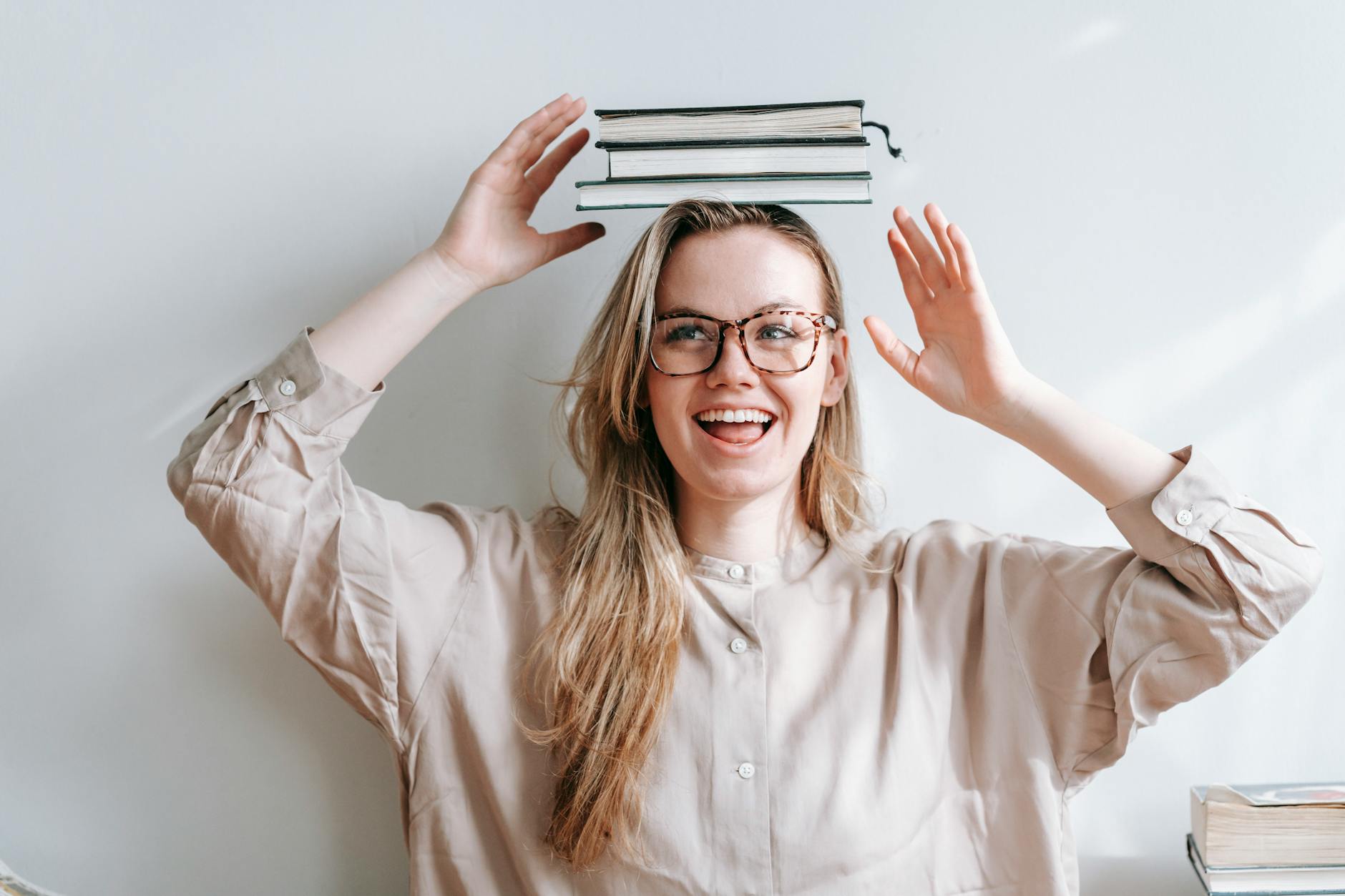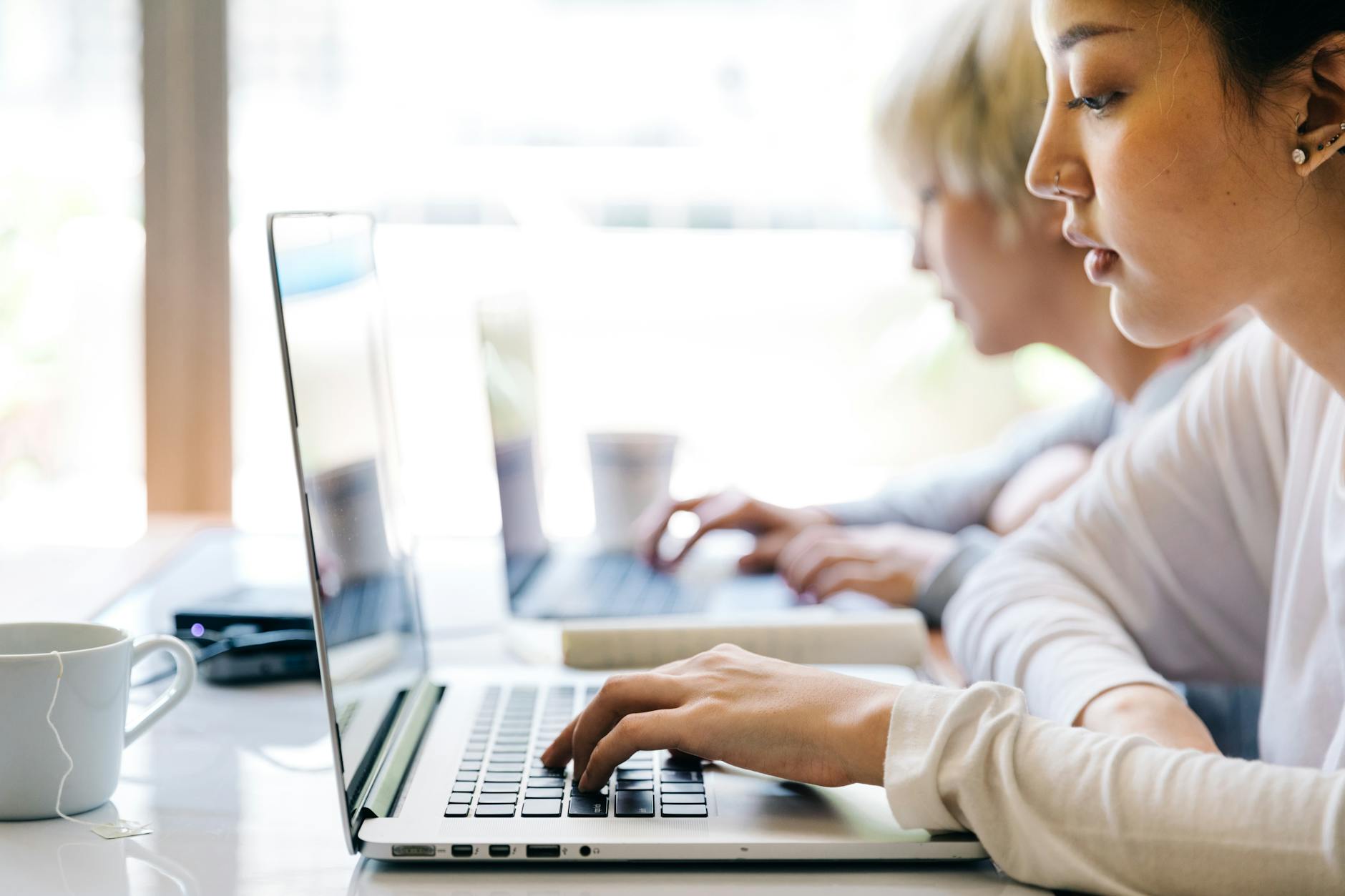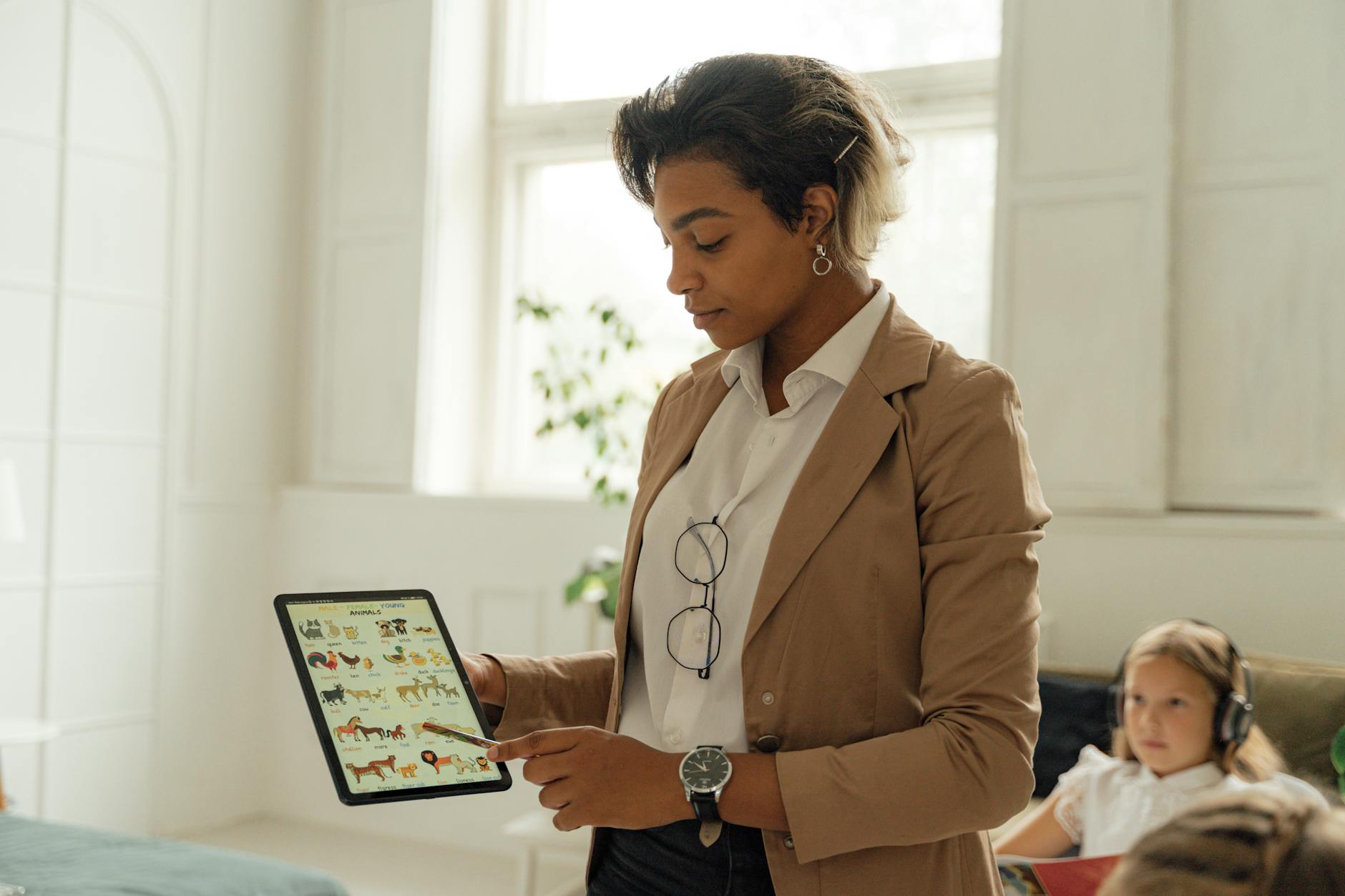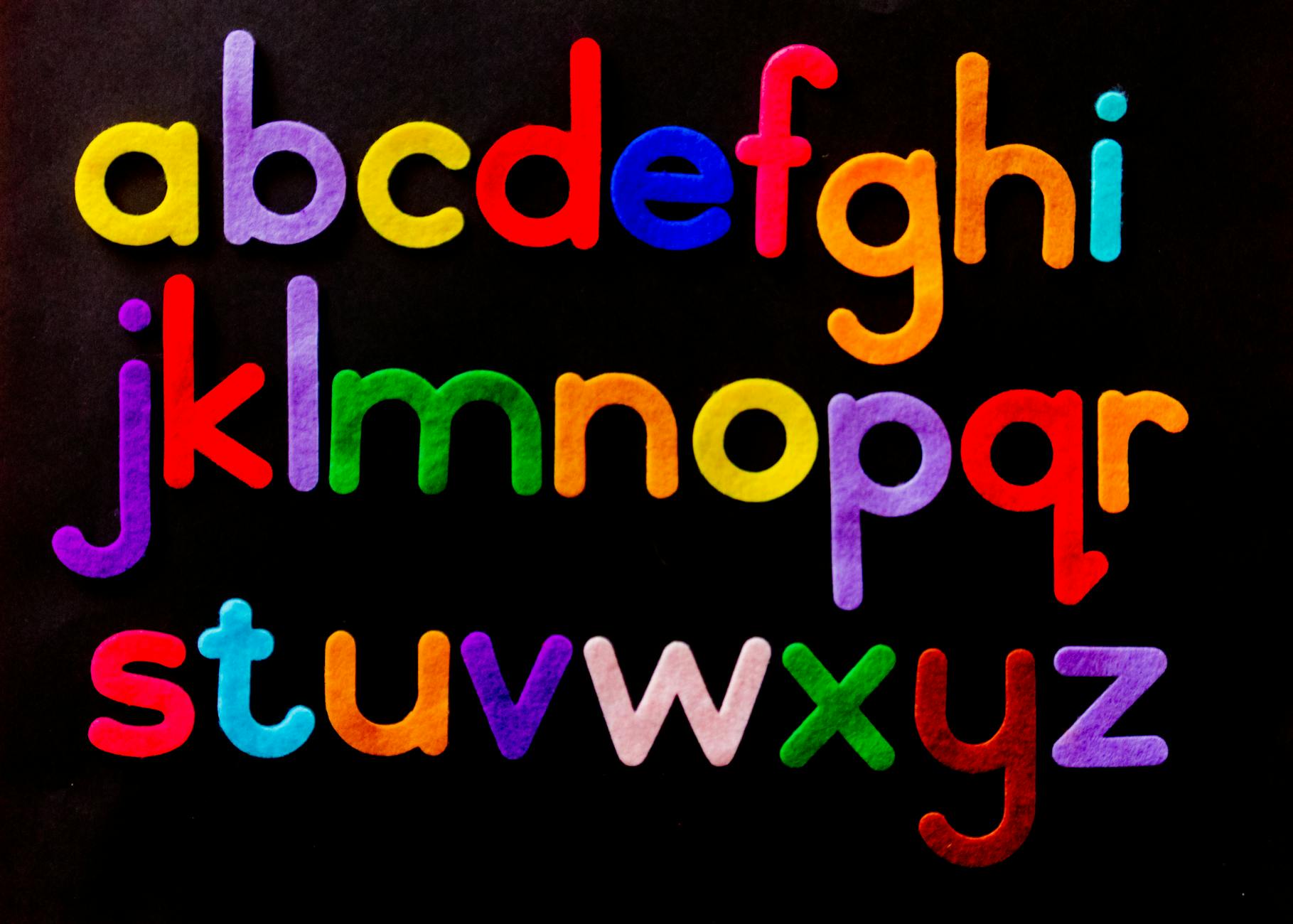How to Integrate Creative Activities into Classrooms Across the United States

Understanding Classroom Creativity
The realm of creativity in education isn't confined to the stereotypical art and music sessions. It echoes through varied experiences that not only enhance skills but nurture a profound creative expression. As a champion of artistic inspiration, much like the works at Austin's Blanton Museum of Art, I often encounter students who are surprised by the range of activities available. These exercises do more than just decorate a classroom; they spark an intangible connection with art and innovation.
Engaging in creative endeavours like paint and sip nyc sessions is more than a hobby; it's an avenue that combines visual artistry with casual socialising, creating a relaxing environment for creativity to thrive. Such experiences help in breaking the ice, allowing participants to appreciate the nuanced beauty of artistic expression while fostering a sense of community.
For those seeking a more hands-on approach, cooking classes nyc offer an excellent medium to delve into creativity. They bring a rich blend of culinary arts and cultural exploration to students, enabling them to engage all senses while learning new skills. Immersive experiences such as these are invaluable in broadening one’s creative horizons.
Seeking fresh bachelorette party ideas? Consider crafting a vibrant, artful event. This not only sets the stage for memorable celebrations, but also inspires participants to explore their artistic inclinations in a joyful setting.
Activity Ideas for Integration
Art Projects
Tapping into the transformative power of art can unlock a new dimension of creativity in students. Pottery classes, specifically those found in unique settings like Chicago, serve as an inspirational avenue for self-discovery. The tactile experience of working with clay not only refines motor skills but also alleviates stress, encouraging artistic expression in a relaxed environment. Participants in pottery classes chicago arn far more than just crafting—it’s about letting imaginations roam freely and reconnecting with the visceral joy of creation.
For those who may prefer the vibrant energy of New York City, another option is exploring pottery classes nyc, where mixing artistic tradition with urban flair creates a dynamic learning experience. These classes can serve as catalysts for creative breakthroughs, mirroring the eclectic artistry found in Austin’s very own Zilker Park's art installations.
By incorporating art projects into the educational curriculum, students not only explore their creative abilities but also enhance problem-solving skills and critical thinking. This approach transforms typical classroom environments into vibrant creative spaces where students feel enthusiastic and empowered to explore. Art indeed bridges the gap between traditional learning and creative innovation, ultimately fostering an environment where intellectual and artistic pursuits thrive alongside one another.
Strategies for Implementation
Curriculum Planning
When weaving creativity into your curriculum, consider drawing inspiration from Austin's innovative spirit. Start with small steps, such as integrating virtual team building activities that encourage collaboration and spark creative thought. These activities not only prepare students for real-world challenges but also cultivate connections across various disciplines, much like the nuanced art found at the Blanton Museum of Art. You might begin by setting aside time for exploration and experimentation, encouraging students to pursue projects that align with their interests and ambitions.
Leveraging Technology
Incorporating technology into the classroom can seem daunting, but it's an opportunity to enhance creative learning. Tools like virtual reality applications, similar to those developed by tech enthusiasts in San Francisco, can offer immersive experiences that awaken different perspectives. Incorporate interactive elements like online forums or digital art tools to bring creative projects to life, transforming lessons into dynamic and engaging adventures.
Facilitating Peer Collaboration
Creating a collaborative environment is paramount for fostering creativity. Encourage students to work together on projects that demand diverse skills and viewpoints. By using techniques inspired by cooking classes san francisco, where participants bring unique flavors to a dish, students can learn the importance of teamwork and mutual respect. Organize sessions where they can brainstorm ideas and offer constructive feedback, creating a culture that values artistic expression and shared learning.
Evaluating Creative Success
Assessing Student Engagement
Engagement in a creative setting is an intricate dance between participation and inspiration. To truly capture the essence of student involvement, one can observe more than just task completion; focus instead on the enthusiasm and energy level. Are they visibly excited during sessions? Are they taking risks with their creativity, similar to when someone might engage in paint and sip Chicago sessions, finding joy in the process rather than solely aiming for the end result? Monitoring these interactions can provide essential insights into engagement levels.
Measuring Skill Development
Skill development in art and creativity can be a nuanced journey, one where progress might not be immediately visible. It's important to consider various facets of growth. For example, track improvements in technical skills over time, like mastering brush strokes or digital design techniques. Observe increased confidence when expressing ideas, similar to the satisfaction one might derive from couples cooking classes NYC, where nurtured skills complement personal growth. Celebrate these advancements, as they're often the result of consistent effort and exploration.
Adapting to Student Feedback
In the creative arts, student feedback plays a crucial role in shaping the learning environment. It's beneficial to create a space where students feel encouraged to voice their thoughts and experiences. This feedback provides invaluable information about what resonates with them and where they might encounter barriers. Like artists responding to the evolving art scene in areas rich with artistic inspiration, nimble adaptation to this feedback ensures that creativity flourishes and students remain motivated in their artistic journeys.
Best Practices
Encouraging Creative Exploration
As we immerse ourselves in the vibrant art scene of Austin, from the inspiring exhibits at the Blanton Museum of Art to the eclectic displays found at Zilker Park’s art in public places, we can see that creativity thrives without boundaries. Encouraging open-ended exploration in the classroom is akin to handing students a blank canvas, letting them fill it with their own unique perspectives. This approach nurtures their imagination and encourages innovation as they are not confined to rigid expectations.
Balancing Structure and Flexibility
Imagine crafting a mosaic; each tile represents a balance between structure and creativity, much like the harmonious blend of whimsy and order found in certain installations at craft stores in South Congress. Providing structure means giving students a framework within which they can explore, yet allowing flexibility ensures their creativity flourishes unbridled. As mentors, we should embrace this duality, guiding students toward their own revelations while permitting them to wander off the beaten path and find their own artistic voices.
Fostering a Community of Support
The beauty of creative expression lies not only in individual achievement but in shared experiences. By fostering a supportive environment, students can freely express their ideas and learn from one another. This sense of community is akin to the camaraderie felt during collaborative projects or discussions held beneath the open sky in Zilker Park. Encouraging peer feedback, actively listening to student perspectives, and celebrating diverse viewpoints enriches our collective understanding and fuels further artistic exploration.


